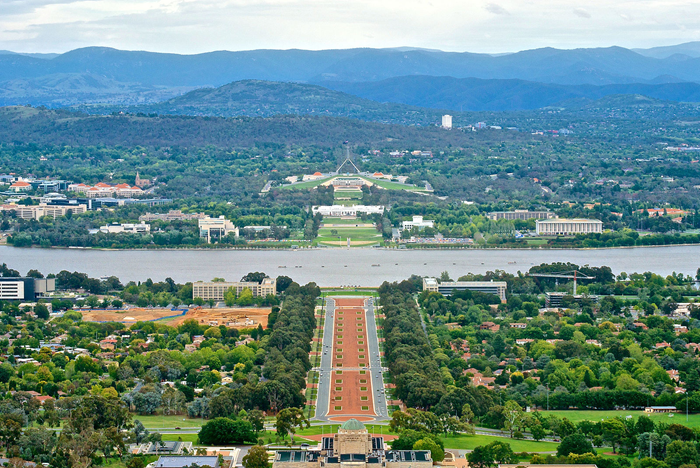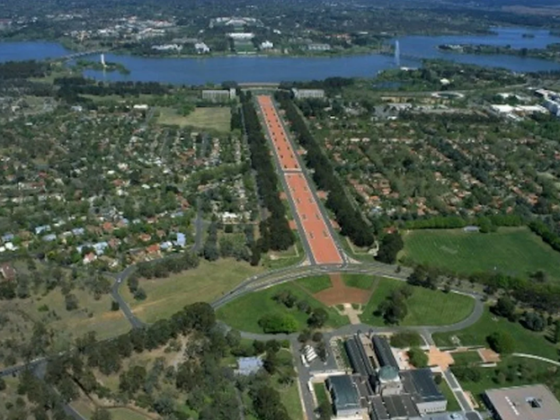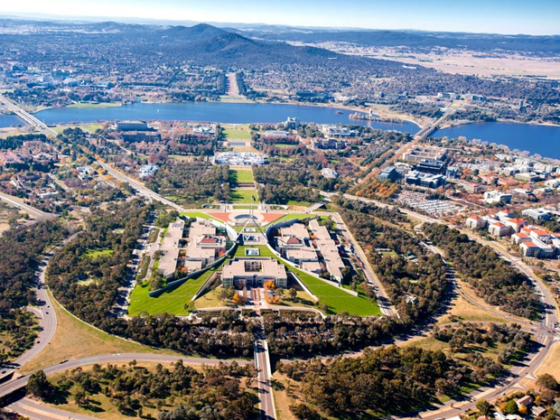The Made in Australia program does not raise tariffs on imports. New government spending is less than 1 percent of annual GDP spread over the next decade, compared with the IRA estimate of almost 4 percent.
Australia will still import Chinese cars.
Stephen Kennedy, the most senior civil servant in the Australian Treasury, said:
“Made In Australia is a set of targeted measures designed to integrate the climate transition with economic resilience and national security. It is not an attempt to bring back large-scale manufacturing.”
Unlike the EU, where unity has been undermined by Beijing admirers such as Hungarian Prime Minister Viktor Orban, Australia has a political and institutional consensus on its approach to economic security.
Australia has a relatively centralised government, which encourages coordination.
“Canberra is a small city,” is a common refrain.
Shearer says he regularly runs intelligence-driven security scenarios through Treasury economic models to assess their implications.
If climate change is seen as a threat to economic security, there is at least one major flaw in the Australian model. The power of the mining industry has helped fuel alarming climate denial.
Unlike the EU, Canberra abandoned an early attempt to price carbon emissions.
And of course, the sustainability of its approach to further rising geopolitical tensions between the US and China has yet to be tested.
But one lesson from Australia is clear.


